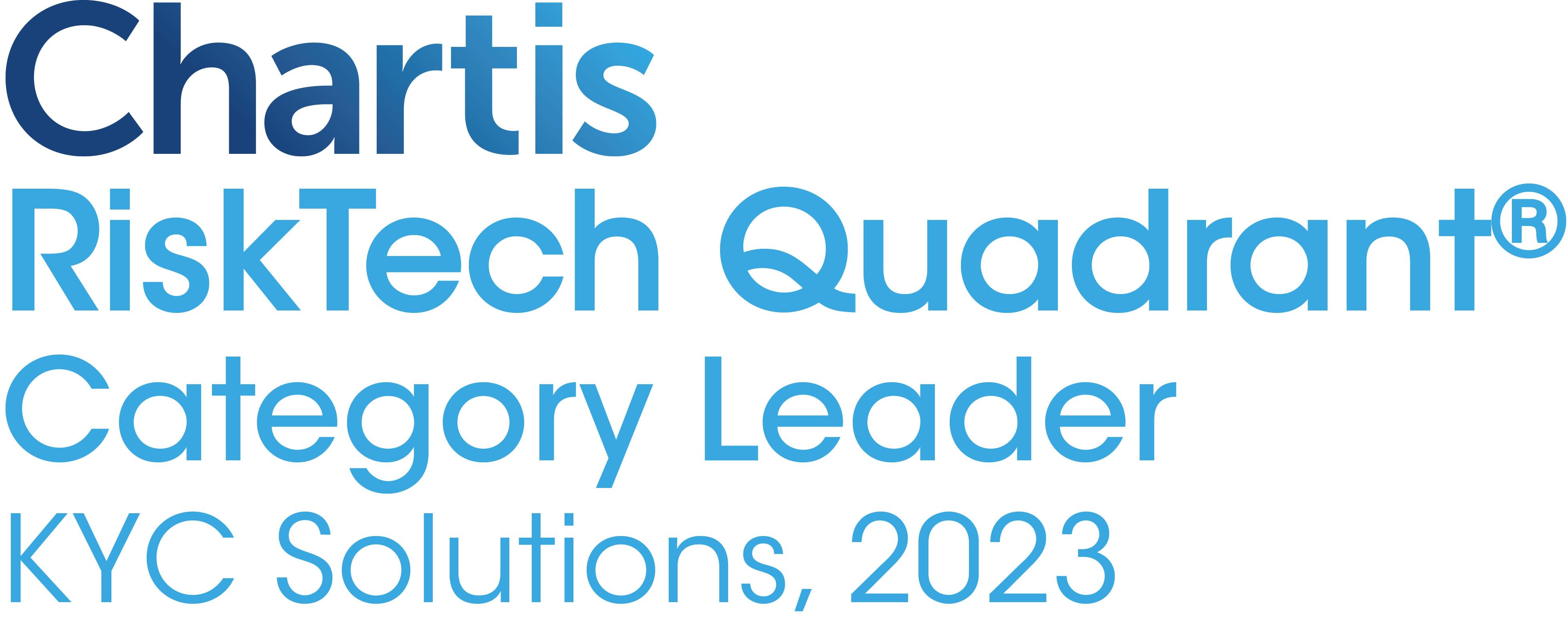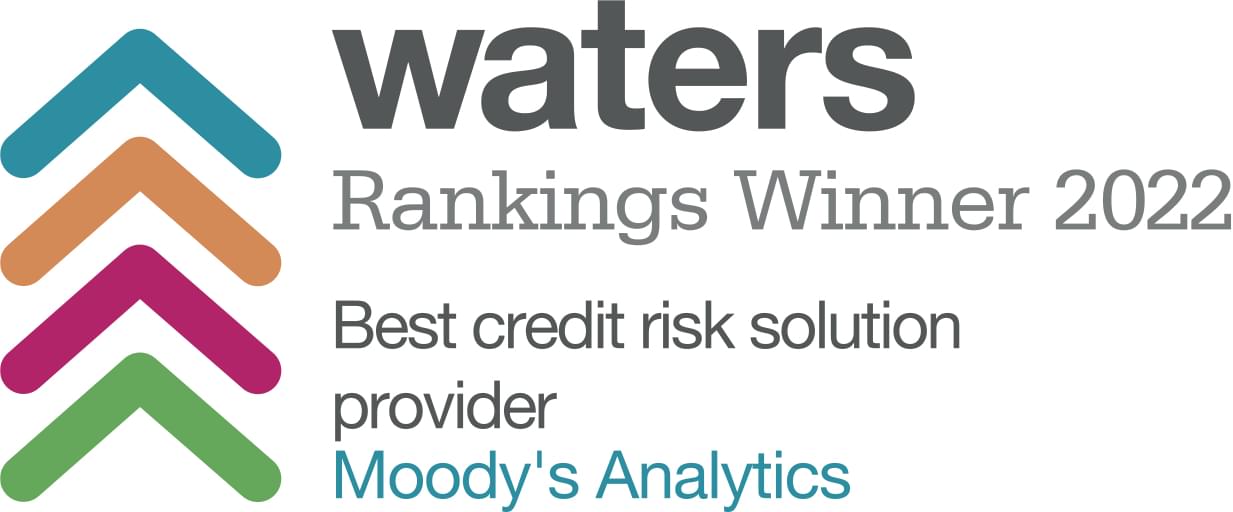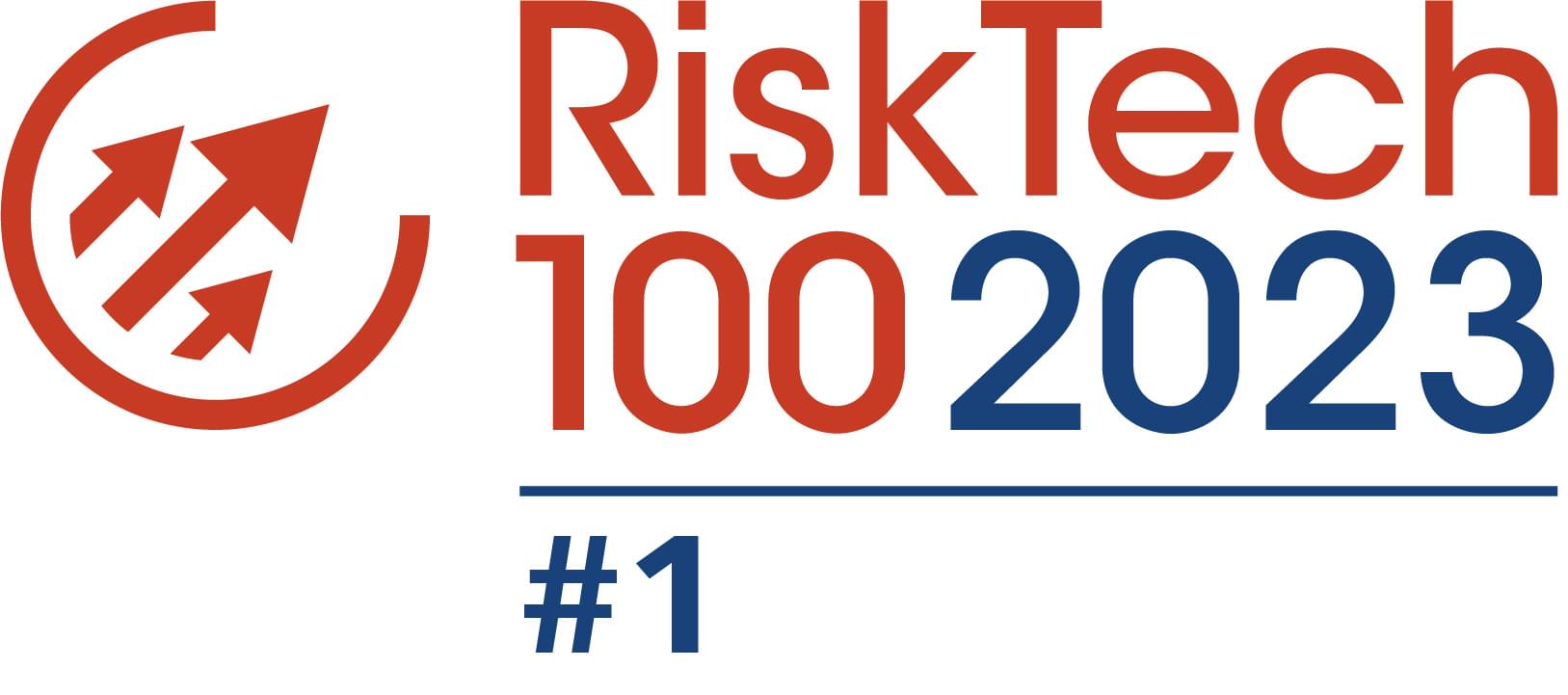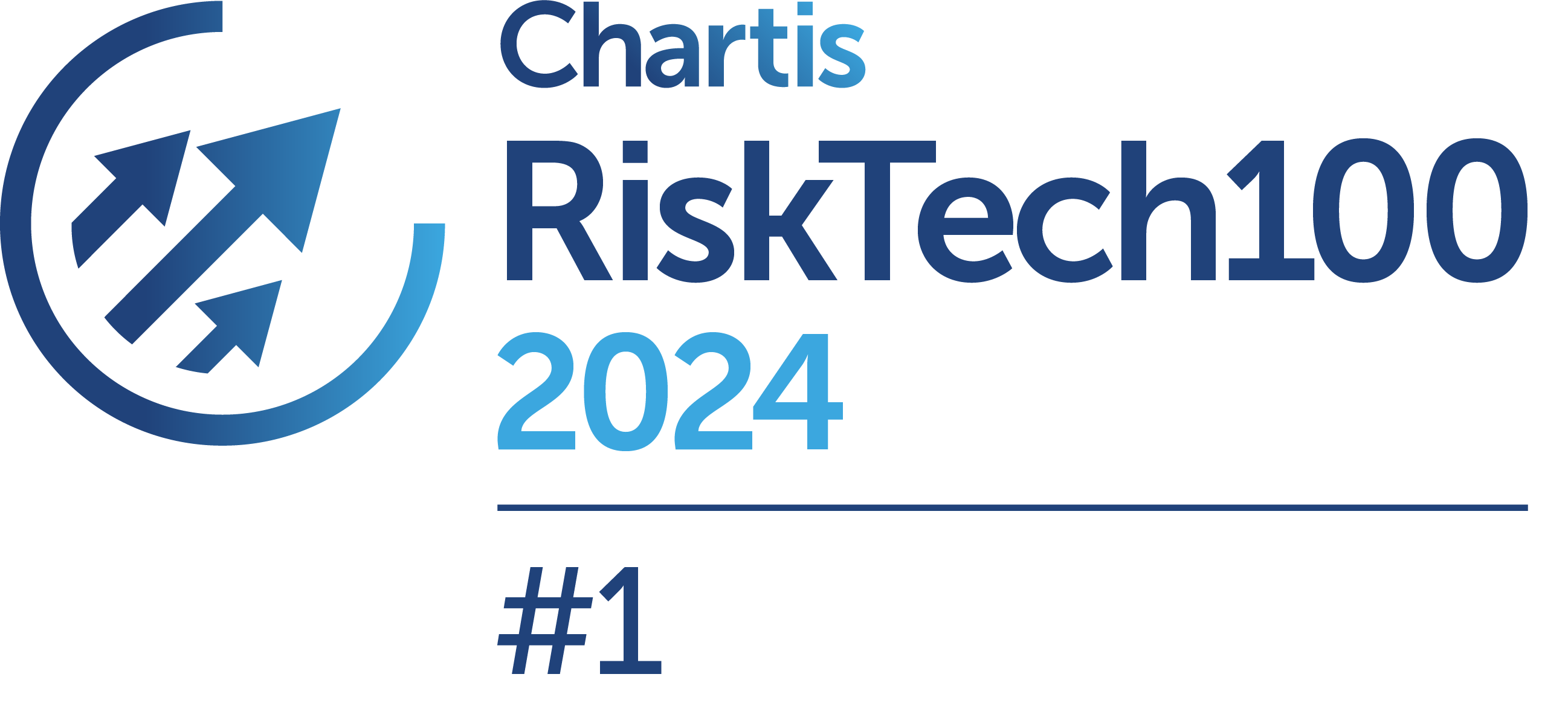PRA Updates Address Depositor Protection and Systemic Risk Buffers
The Prudential Regulation Authority (PRA) issued the policy statement PS9/22 that finalized the proposals set out in the consultation paper CP13/22 on changes to the criteria and scoring methodology for identifying other systemically important institutions (O-SIIs), in context of the local rules under the Basel framework. Based on its methodology for O-SII identification, PRA has designated fifteen firms as O-SIIs and this list has been published along with the updated policy approach. PRA also published a statement on freezing the O-SII buffer rates for 2022. Another PRA notification informs about the three banks that have been designated as the UK headquartered global systemically important institutions (G-SII). These three banks are HSBC Holdings Plc (G-SII buffer of 2%), Barclays Plc (buffer of 1.5%), and Standard Chartered Plc (buffer of 1%), with the communicated buffers slated to be applicable from January 01, 2024. PRA also published the final policy in PS10/22, which provides feedback to the consultation paper CP9/22 on depositor protection and finalizes amendments to the Depositor Protection Part of the PRA Rulebook.
PS9/22 on O-SII methodology contains the final policy of PRA in the form of an updated Statement of Policy (SoP) titled "The PRA’s approach to identifying other systemically important institutions (O-SIIs)" (Appendix 1) and the updated list of EU Guidelines in the Annex of the SoP on "Interpretation of EU Guidelines and Recommendations: Bank of England and PRA approach after the UK’s withdrawal from the EU" (Appendix 2). The proposals called for the the removal of the European Banking Authority (EBA) scoring methodology from the O-SII identification process and deletion of the EBA Guidelines, such that the scores used to inform O-SII identification are based solely on the PRA’s scoring methodology. Updates to specific indicators and weights in the PRA scoring methodology for O-SII identification were also proposed in CP13/22 and PRA has decided to maintain the scoring methodology for O-SII identification as set out in CP13/22. PS9/22 is relevant to credit institutions, investment firms, and parent (mixed) financial holding companies incorporated in the UK and it does not apply to third-country branches operating in the UK. The implementation date for the policy is November 29, 2022.
The statement on freezing of the O-SII buffer rates confirms the PRA decision to maintain firms’ O-SII buffer rates for 2022. O-SII buffer rates will thus be maintained at 2019 levels. PRA will assess rates in 2023 based on the updated "The Financial Policy Committee’s framework for the O-SII buffer," which was published in May 2022. The decision on O-SII buffer rates taken in December 2023 will be based on end-2022 financial results and will take effect from January 2025 in line with the policy. The decision is relevant only to ring-fenced bodies and large building societies that are subject to the O-SII buffer.
PS10/22 on depositor protection contains the final rules on depositor protection in the form of amendments to the Depositor Protection Part of the PRA Rulebook (Appendix 1: Annex A); the deletion of the Dormant Account Scheme Part of the PRA Rulebook (Appendix 1: Annex B); and the deletion of the Dormant Account Scheme Statement of Policy. In PS10/22, the Continuity of Access (CoA) Rules section is relevant to all PRA-authorized UK banks and building societies, but not credit unions; it is also relevant to overseas firms with permission to accept deposits where the deposits are held by a UK branch or subsidiary of the firm. The Dormant Account Scheme (DAS) section is relevant to all PRA-authorized credit institutions and credit unions; it is also relevant to overseas firms with permission to accept deposits where the deposits are held by a UK branch or subsidiary of the firm. The changes to the COA Rules and DAS Rules will come into effect on November 30, 2022. The DAS SoP will also be deleted on November 30, 2022. PRA is set to conduct the O-SII identification annually and publish the list of firms designated as O-SIIs by December 01 each year. Additionally, the consequential changes to the supervisory statement SS18/15 to reflect the changes introduced by these rules will come into effect during 2023. CP9/22 contained a number of additional proposals, which are subject to a 12-week consultation period that closes on December 16, 2022, post which PRA will consider the responses to these proposals and will publish a further Policy Statement in due course.
Related Links
- PS9/22 on O-SII Methodology
- Statement of Policy on O-SII Methodology
- List of O-SIIs
- List of G-SIIs
- Statement on Freezing of O-SII Buffers
- PS10/22 on Depositor Protection
Keywords: Europe, UK, Banking, SS18 15, PS9 22, PS10 22, CP13 22, CP9 22, O-SII Buffer, O-SII, G-SII, Depositor Protection, PRA Rulebook, CRR, Regulatory Capital, Systemic Risk, Basel, PRA
Featured Experts

María Cañamero
Skilled market researcher; growth strategist; successful go-to-market campaign developer

Nicolas Degruson
Works with financial institutions, regulatory experts, business analysts, product managers, and software engineers to drive regulatory solutions across the globe.

Patrycja Oleksza
Applies proficiency and knowledge to regulatory capital and reporting analysis and coordinates business and product strategies in the banking technology area
Previous Article
GLEIF Expands Its LEI Mapping Capability with SWIFT and S&P GlobalRelated Articles
BIS and Central Banks Experiment with GenAI to Assess Climate Risks
A recent report from the Bank for International Settlements (BIS) Innovation Hub details Project Gaia, a collaboration between the BIS Innovation Hub Eurosystem Center and certain central banks in Europe
Nearly 25% G-SIBs Commit to Adopting TNFD Nature-Related Disclosures
Nature-related risks are increasing in severity and frequency, affecting businesses, capital providers, financial systems, and economies.
Singapore to Mandate Climate Disclosures from FY2025
Singapore recently took a significant step toward turning climate ambition into action, with the introduction of mandatory climate-related disclosures for listed and large non-listed companies
SEC Finalizes Climate-Related Disclosures Rule
The U.S. Securities and Exchange Commission (SEC) has finalized the long-awaited rule that mandates climate-related disclosures for domestic and foreign publicly listed companies in the U.S.
EBA Proposes Standards Related to Standardized Credit Risk Approach
The European Banking Authority (EBA) has been taking significant steps toward implementing the Basel III framework and strengthening the regulatory framework for credit institutions in the EU
US Regulators Release Stress Test Scenarios for Banks
The U.S. regulators recently released baseline and severely adverse scenarios, along with other details, for stress testing the banks in 2024. The relevant U.S. banking regulators are the Federal Reserve Bank (FED), the Federal Deposit Insurance Corporation (FDIC), and the Office of the Comptroller of the Currency (OCC).
Asian Governments Aim for Interoperability in AI Governance Frameworks
The regulatory landscape for artificial intelligence (AI), including the generative kind, is evolving rapidly, with governments and regulators aiming to address the challenges and opportunities presented by this transformative technology.
EBA Proposes Operational Risk Standards Under Final Basel III Package
The European Union (EU) has been working on the final elements of Basel III standards, with endorsement of the Banking Package and the publication of the European Banking Authority (EBA) roadmap on Basel III implementation in December 2023.
EFRAG Proposes XBRL Taxonomy and Standard for Listed SMEs Under ESRS
The European Financial Reporting Advisory Group (EFRAG), which plays a crucial role in shaping corporate reporting standards in European Union (EU), is seeking comments, until May 21, 2024, on the Exposure Draft ESRS for listed SMEs.
ECB to Expand Climate Change Work in 2024-2025
Banking regulators worldwide are increasingly focusing on addressing, monitoring, and supervising the institutions' exposure to climate and environmental risks.





